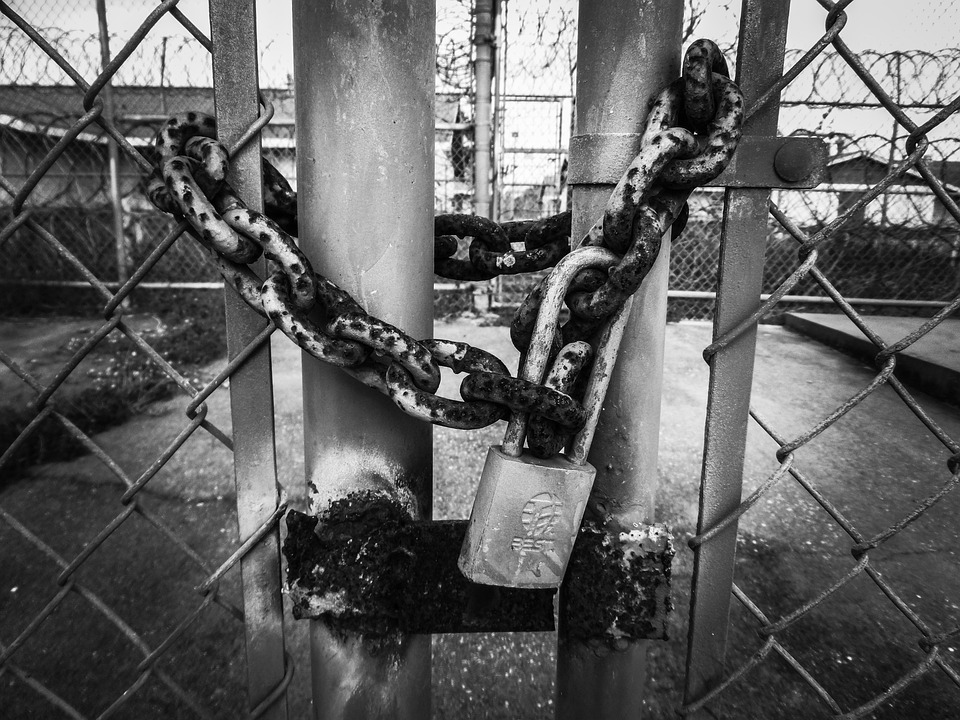Identity theft is a growing problem in today’s digital world. With the rise of online banking, shopping, and social media, it’s easier than ever for criminals to access your personal information and use it for their own gain. Fortunately, there are steps you can take to protect your identity and keep your information safe.
First, be aware of the risks. Be sure to read the privacy policies of any website you use and be aware of any suspicious activity. If you receive an email or text message from an unknown source, don’t click on any links or open any attachments.
Second, use strong passwords and change them regularly. Avoid using the same password for multiple accounts and make sure your passwords are at least eight characters long and contain a combination of upper and lowercase letters, numbers, and symbols.
Third, be careful when using public Wi-Fi networks. These networks are often unsecured and can be easily hacked. If you must use a public network, make sure to use a virtual private network (VPN) to encrypt your data.
Fourth, be aware of phishing scams. These scams are designed to trick you into giving away personal information such as passwords or credit card numbers. Be wary of any emails or messages that ask for personal information or direct you to a website that looks suspicious.
Finally, use two-factor authentication whenever possible. This adds an extra layer of security to your accounts by requiring you to enter a code sent to your phone or email address in addition to your password.
By following these simple steps, you can help protect your identity and keep your information safe. Remember, the best defense against identity theft is to be aware of the risks and take steps to protect yourself.
























